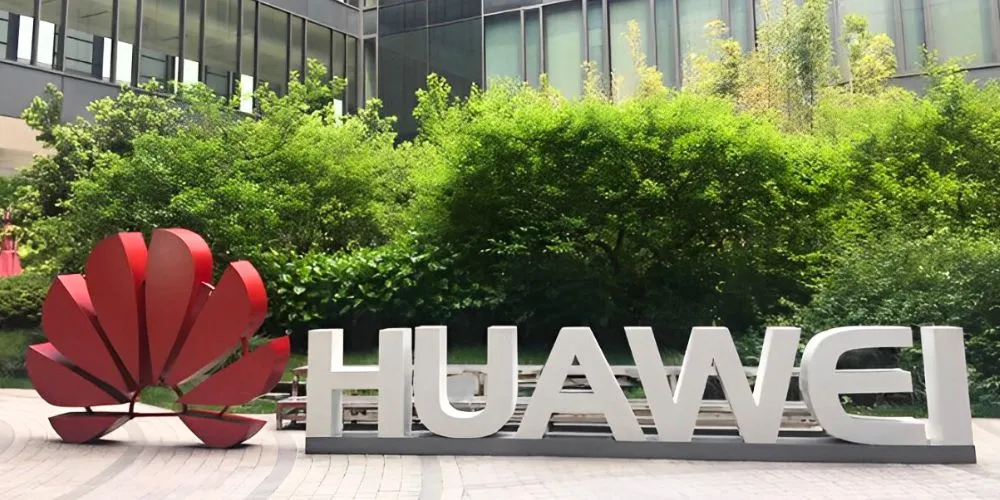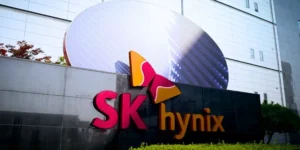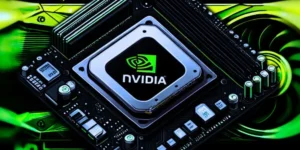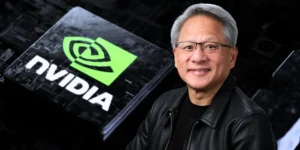Huawei, the Chinese tech giant, has publicly unveiled its long-term chip strategy for the first time, outlining plans to launch some of the world’s most powerful computing systems. This bold move underscores China’s determination to lessen its dependence on foreign semiconductor companies, particularly Nvidia, the current global leader in AI chip technology. The announcement, breaking years of secrecy surrounding Huawei’s chip development, significantly escalates the technological competition between the US and China. The company detailed timelines for its Ascend AI chips and Kunpeng server chips, emphasizing a rapid development cycle.
Huawei’s rotating chairman, Eric Xu, announced a one-year release cycle for its Ascend AI chips, promising a doubling of computing power with each new generation. The upcoming Ascend 950, slated for launch next year, will be followed by the 960 in 2027 and the 970 in 2028. Furthermore, Huawei plans to introduce powerful new supernodes, the Atlas 950 and 960, capable of supporting thousands of Ascend chips and exceeding the performance of competing systems. These advancements also include the development of proprietary high-bandwidth memory, a technology currently dominated by South Korean companies.
The timing of Huawei’s announcement is strategically significant, as it precedes a meeting between US President Donald Trump and Chinese President Xi Jinping. This unveiling coincides with escalating tensions between the US and China regarding semiconductor technology. Recently, Chinese authorities accused Nvidia of violating anti-monopoly laws and reportedly ordered major tech firms to cease purchasing Nvidia’s AI chips. Experts believe Huawei’s announcement is designed to showcase China’s progress in chip manufacturing and strengthen its negotiating position in ongoing trade discussions.
While Huawei and other Chinese companies have made strides in chip development, industry insiders acknowledge that Nvidia’s chips currently hold a performance advantage. However, Huawei’s announcement signals increasing confidence in its ability to compete, fueled by both advancements in domestic manufacturing and a perceived lessening of the impact of US export controls. This ambitious roadmap positions Huawei as a key player in the ongoing global race for technological supremacy, further intensifying the already complex geopolitical landscape.










